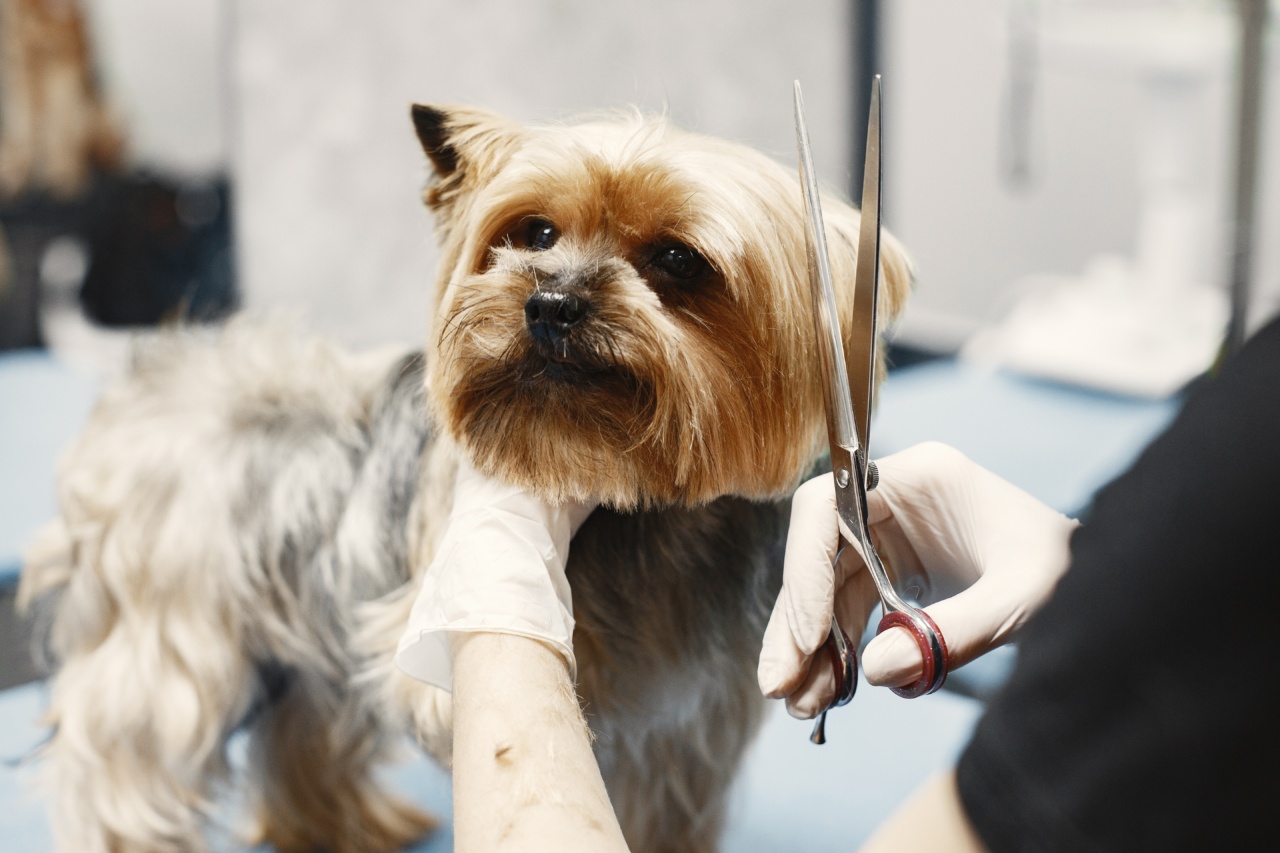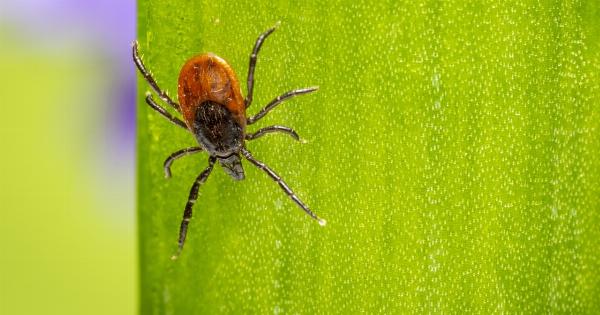As a dog owner, it’s important to keep your furry friend protected from fleas and ticks. These pesky parasites not only make your dog uncomfortable, but they can also transmit diseases.
With the right prevention and treatment methods, you can effectively get rid of fleas and ticks on your dog. This comprehensive guide will provide you with the necessary information to keep your dog safe and free from these bothersome pests.
Understanding Fleas and Ticks
Before diving into the various methods of elimination, it’s crucial to understand the nature of fleas and ticks. Fleas are small, wingless insects that survive by feeding on the blood of animals, including dogs.
They are capable of reproducing rapidly and can cause severe itching and allergic reactions.
Ticks, on the other hand, are arachnids that attach themselves to the skin of their hosts, including dogs. They can transmit serious diseases such as Lyme disease and Rocky Mountain spotted fever.
It’s important to remove ticks as soon as possible to minimize the risk of disease transmission.
Prevention is Key
Preventing fleas and ticks from infesting your dog is the best approach. Here are some preventive measures you can take:.
1. Use Flea and Tick Preventive Products
There are many flea and tick preventive products available in the market. These include topical treatments, oral medications, and collars.
Consult your veterinarian to choose the most suitable product based on your dog’s age, size, and overall health.
2. Maintain a Clean Environment
To prevent fleas and ticks from infesting your home, regularly vacuum your carpets, upholstery, and your dog’s bedding. Wash your dog’s bedding frequently in hot water to eliminate any potential flea or tick eggs.
Keep your yard well-maintained by cutting the grass short and removing any debris where fleas and ticks could thrive.
3. Conduct Regular Inspections
Check your dog thoroughly for any signs of fleas and ticks after outdoor activities. Pay attention to areas where these parasites are commonly found, such as the neck, ears, belly, and armpits.
Look for small brown or black specks in your dog’s fur or any abnormal bumps on the skin.
Eliminating Fleas and Ticks
If your dog already has fleas or ticks, prompt elimination is crucial. Here are the steps to effectively get rid of these parasites:.
1. Consult Your Veterinarian
Before starting any treatment, it’s vital to consult your veterinarian to confirm the presence of fleas or ticks and discuss the best course of action.
They may recommend a specific treatment plan or prescribe medication to ensure effective elimination.
2. Use Flea and Tick Shampoos
Flea and tick shampoos can help eliminate these parasites from your dog’s fur. Thoroughly wet your dog’s coat and apply the shampoo, ensuring that it reaches the skin.
Massage the shampoo into a lather, paying close attention to areas where fleas and ticks are commonly found. Rinse your dog thoroughly and repeat as directed by your veterinarian.
3. Use Flea and Tick Sprays
Flea and tick sprays can be effective in treating infestations. Choose a spray that is safe for dogs and follow the instructions carefully. Apply the spray to your dog’s entire body, focusing on areas where fleas and ticks are prevalent.
Avoid spraying near your dog’s face and eyes.
4. Administer Oral Medication
Your veterinarian may prescribe oral medication to eliminate fleas and ticks. These medications work by killing the parasites when they feed on your dog’s blood.
Follow the dosage instructions provided and ensure your dog consumes the medication as directed.
5. Regularly Groom Your Dog
Regular grooming helps keep your dog’s coat free from fleas and ticks. Use a flea comb to remove any remaining parasites or eggs.
Additionally, maintaining a well-groomed coat reduces the risk of fleas and ticks finding a suitable environment on your dog.
6. Treat Your Home and Yard
While focusing on your dog’s treatment, remember to treat your home and yard as well. Use appropriate flea and tick treatments for your indoor environment, such as sprays or foggers.
Treat your outdoor areas with pet-safe pesticides to prevent reinfestation.
Monitoring and Continued Prevention
After eliminating fleas and ticks from your dog and home, it’s essential to remain vigilant and continue preventive measures. Keep a close eye on your dog for any signs of reinfestation or new infestations.
Regularly use preventative products as recommended by your veterinarian to ensure long-term protection.
Conclusion
Fleas and ticks can be a nuisance for both you and your dog, but with proactive measures, you can effectively eliminate and prevent these parasites.
Remember to consult your veterinarian for guidance, use preventative products, and maintain a clean environment. By following this ultimate guide, you’ll keep your dog happy, healthy, and free from the discomfort of fleas and ticks.






























